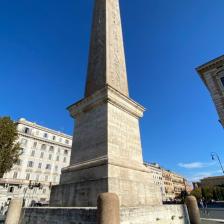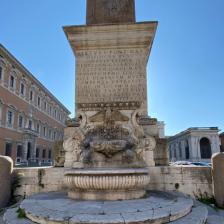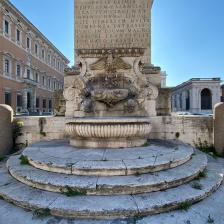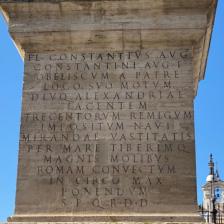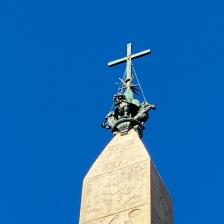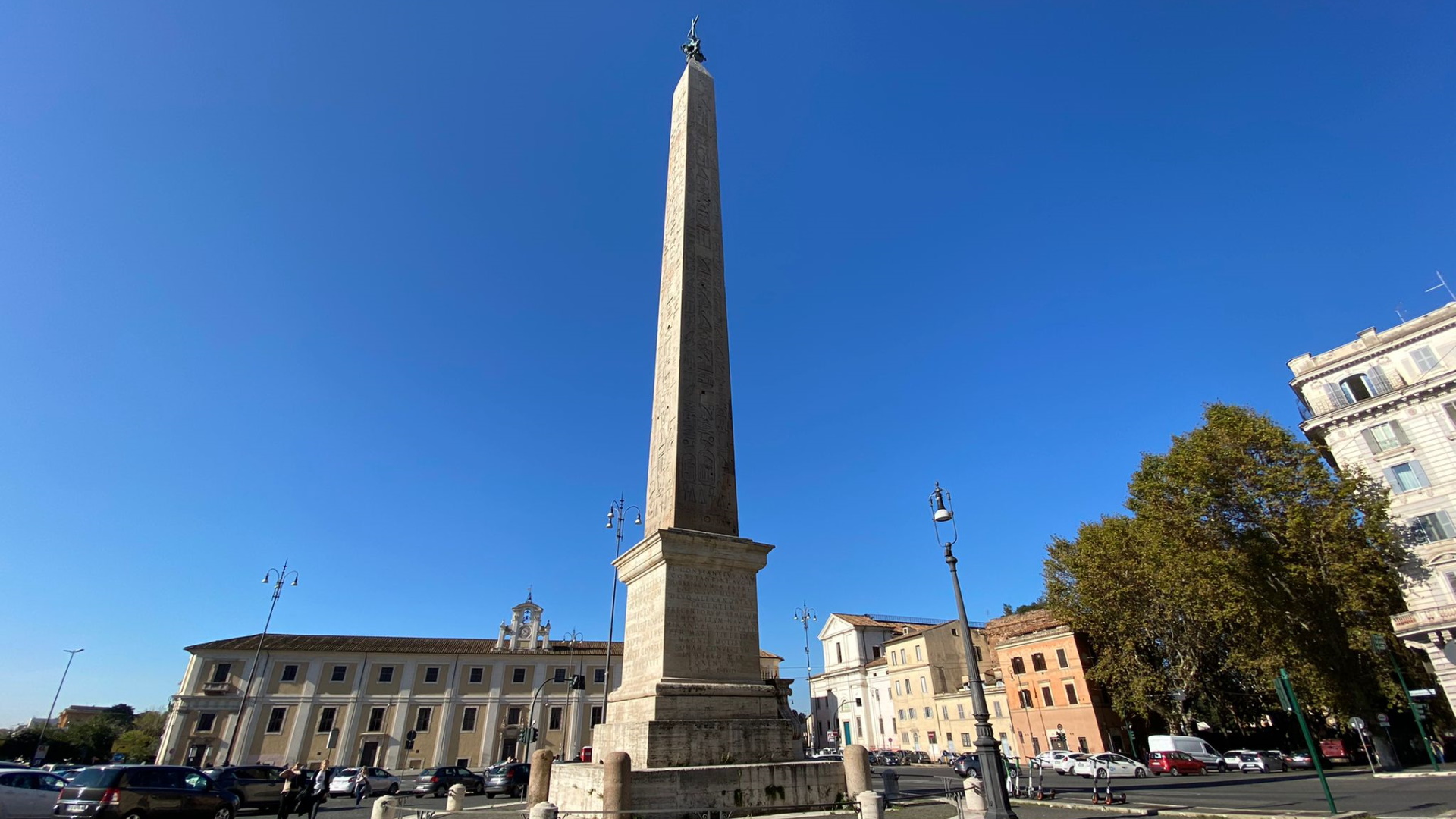
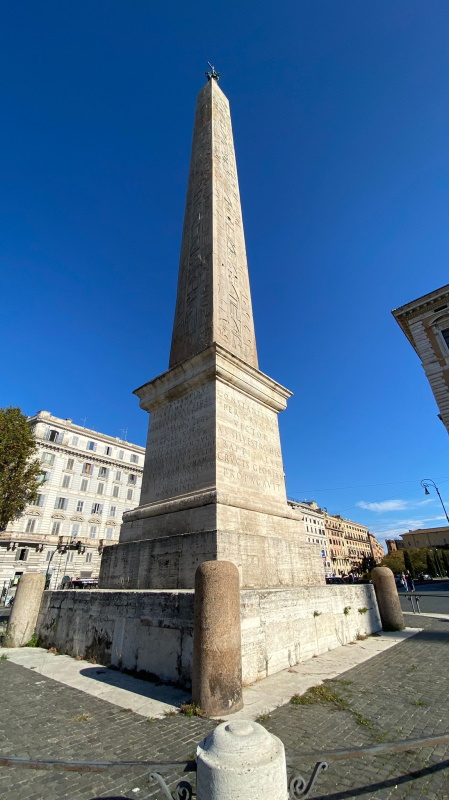
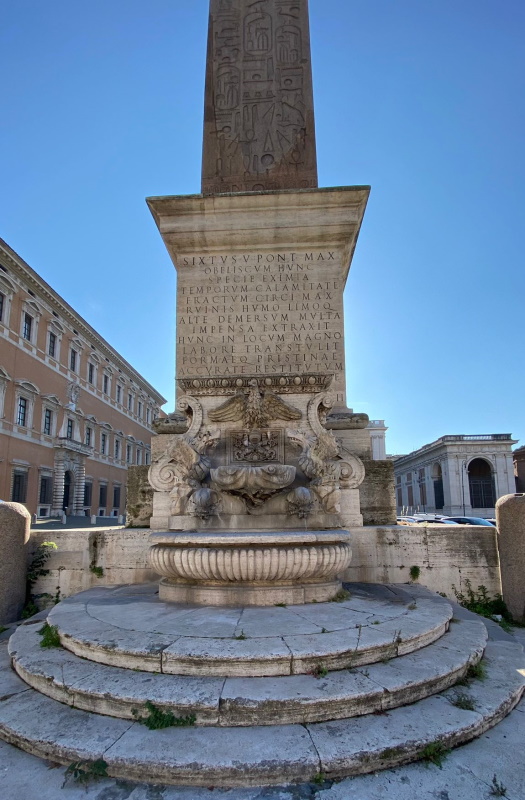
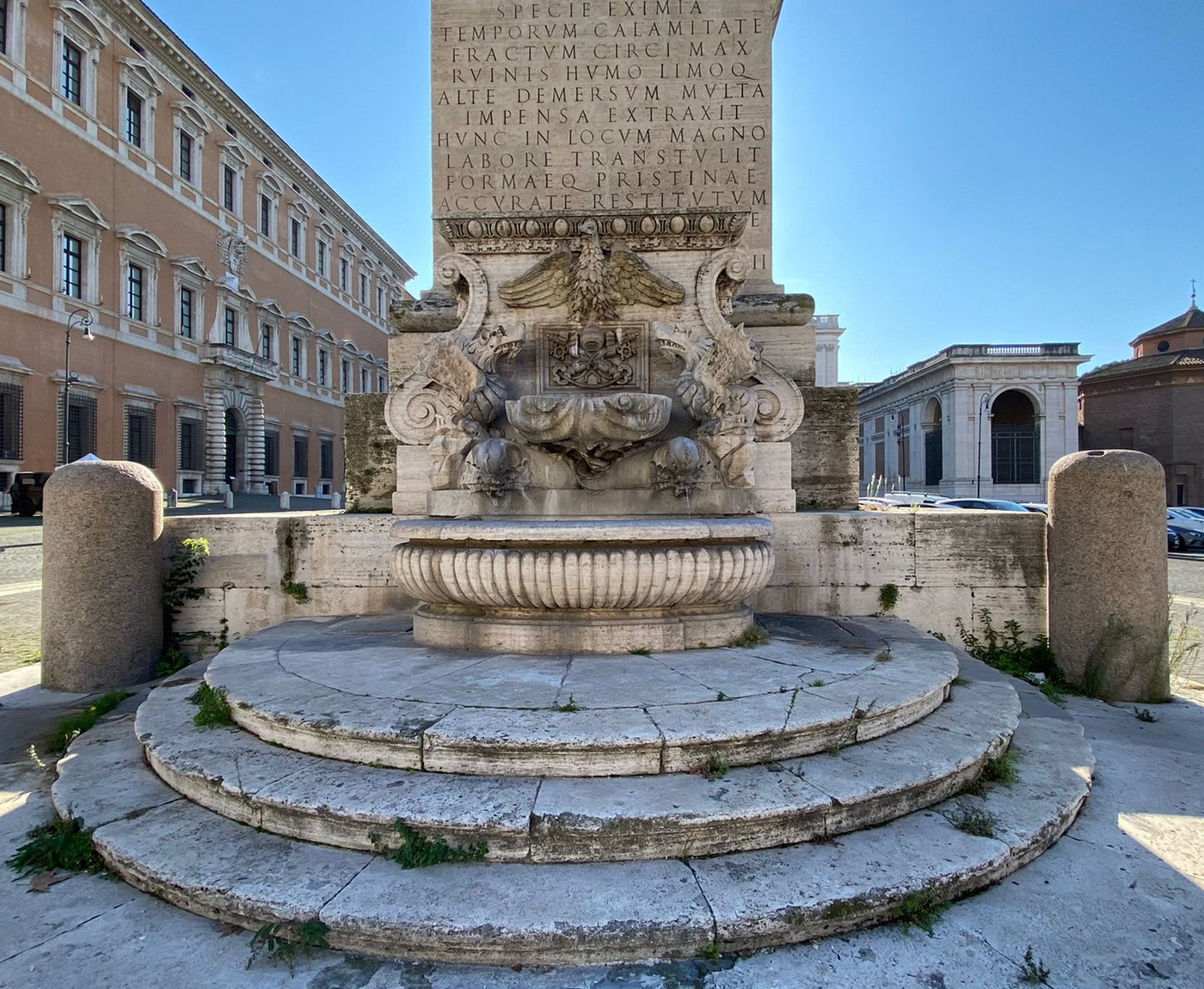
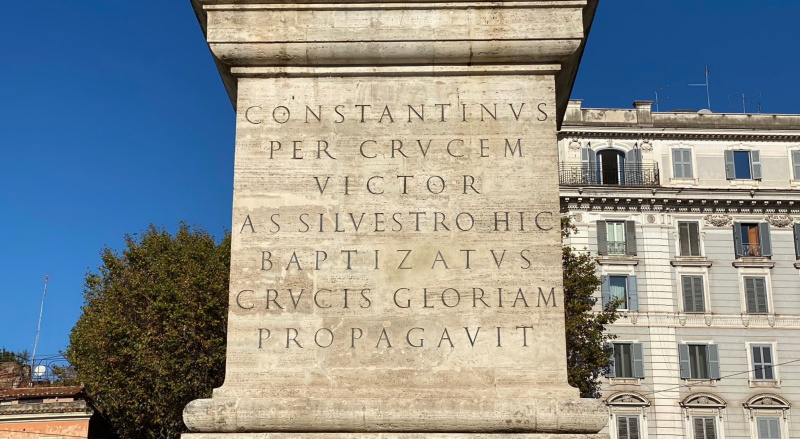

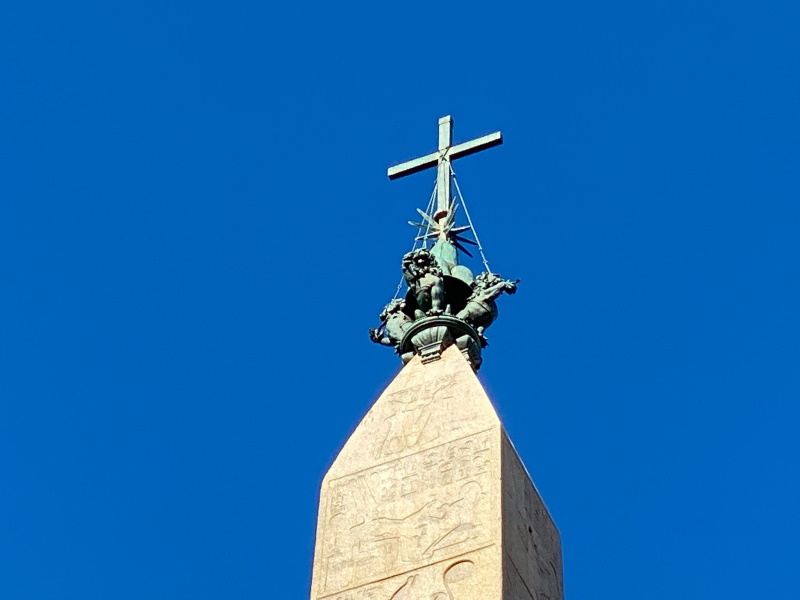
Situado en la plaza de San Giovanni in Laterano, cerca de la basílica homónima, el Obelisco de Letrán es hoy el obelisco egipcio más alto del mundo. Hecho de granito rojo, procede sin duda de la región de Asuán. Mide 32,18 metros de altura y, con la cruz y la base, alcanza los 45,70 metros. Pesa 455 toneladas. Fue el último de los obeliscos capitolinos en ser trasladado a Roma.
Creado durante los reinados de Tutmosis III y Tutmosis IV, y datado en el siglo XV a. C., el Obelisco de Letrán puede considerarse el más antiguo de Roma.
Los laterales están decorados, y entre las diversas inscripciones de la parte superior, un panel muestra una imagen del faraón ofreciendo sacrificios a la divinidad. Otras inscripciones indican que su decoración requirió treinta y cinco años de trabajo de expertos artesanos.
El grandioso obelisco fue transportado, por orden del emperador Constantino (274-337 d. C.), por el Nilo hasta Alejandría. La muerte del emperador (337) interrumpió la continuación del transporte a Roma. La empresa fue completada, tras diversas vicisitudes, por el hijo de Constantino, Constancio II, en 357. Gracias a una majestuosa nave, construida para la ocasión e impulsada por trescientos remeros, el obelisco llegó al puerto de Ostia. Fue arrastrado por el Tíber mediante una inmensa balsa y luego colocado sobre carros robustos y llevado al Circo Máximo, donde fue erigido junto al Obelisco Flaminio, hoy en la plaza del Popolo, traído a Roma por Augusto tres siglos antes.
Como primer gran monumento erigido en Roma tras el establecimiento del cristianismo, pronto se convirtió para el pueblo romano en un símbolo de la victoria y la supremacía de la nueva religión sobre el paganismo.
Aproximadamente un siglo después, cayó, quizá tras un ataque, y solo en el siglo XVI, por orden del papa Sisto V, quien ofreció una recompensa a quien lo encontrara, se buscó y finalmente se halló bajo siete metros de tierra y lodo, partido en tres pedazos.
El Papa lo mandó restaurar y erigir en la plaza de Letrán, reemplazando la estatua ecuestre de Marco Aurelio, que se encontraba en la plaza del Campidoglio.
En 1588, el arquitecto Domenico Fontana lo restauró y le añadió una nueva base de mármol. En la cima, colocó una cruz y los símbolos heráldicos de la familia Peretti, rodeados por cuatro leones, obra de Ludovico del Duca.
El Obelisco de Letrán, adornado con una fuente muy hermosa del siglo XVII, fue inaugurado el 3 de agosto de 1588.
Basílica de San Juan de Letrán
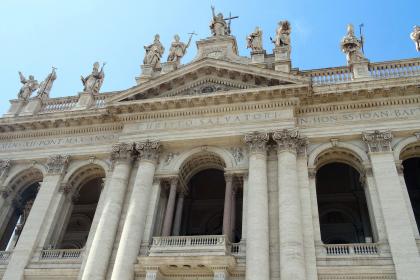
 Condividi
Condividi
Fuente del Obelisco de Letrán
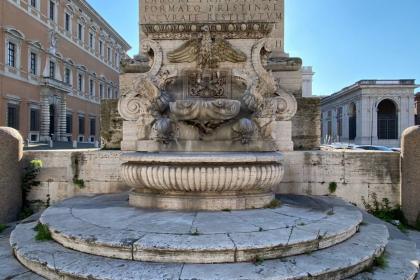
 Condividi
Condividi
Rome's obelisks
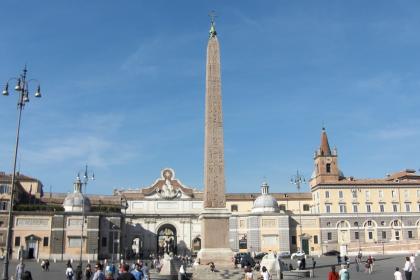
Informaciones
 Condividi
Condividi
Location
Para conocer todos los servicios de accesibilidad, visite la sección Roma accesible.












































